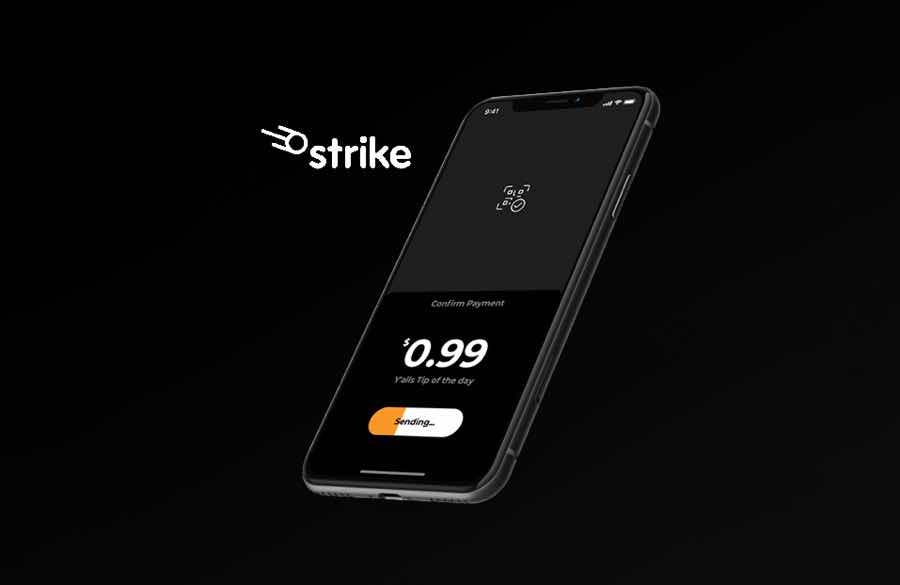Zap, Instant Fiat launches Strike, a Lightning payments app.

Jack Mallers, project leader at Zap, announced the group’s new product ‘Strike’ yesterday. Not to be confused with the product of the same name from fellow Lightning development group Acinq, Strike is a Fiat-Lightning payments app built on top of Olympus, the infrastructure layer built by the Zap team.
“Olympus was originally designed as a Lightning-enabled fiat ramp to allow users to purchase Bitcoin within their existing Zap wallet. This was our answer to the question of how to scale Lightning to millions of users. But as we test, tweak, try, fail, and most importantly, learn, our product evolves.”
According to Mallers, Olympus provided a solution to an ambitious but misguided question. There was less friction when onboarding Bitcoin to the Lightning Network, but not when onboarding users to Lightning. This realization changed the vision and led to the birth of Strike, moving the project toward a focus on payments and UX rather than simply introducing another way to earn, store, and hold Bitcoin. This new direction was further informed and improved upon by user testing, in which the team reported several behavioral issues.
“When testing, users often purchased Bitcoin delivered via Lightning to their Zap wallet, and the price fluctuated shortly thereafter. We encountered a user scenario where the price of Bitcoin fluctuated by 5% after the initial purchase.”
As a result, users are less likely to spend their coins and more likely to hold them to gain value. Strike is designed to be minimalist and free, essentially separate from Zap.
Through Strike, users can purchase Bitcoin directly into their Lightning wallet and then sell it back for fiat, or use it for Lightning payments without ever touching the Bitcoin directly.
“To use Strike, you need a debit card or bank account. That’s it; “No wallets, no nodes, no channels, no swaps, no liquidity management, nothing.”
To execute these services, Zap works with liquidity providers and banking partners to process requests made through Strike. Currently Litecoin is the only cryptocurrency supported by Zap and can be accessed from within the desktop version of the application. Given the similarities in codebase between the two, extending support to Strike doesn’t require much work. However, this is not really necessary for Litecoin at the moment as we have not encountered any scaling issues or network bottlenecks yet.
Perhaps more exciting are the opportunities opened up by the Olympus communications layer and the implications for moving and transacting value seamlessly across these networks for remittance payments and more. It is the infrastructure, not the product itself, that helps expand lighting use for the public effectively and efficiently.
“We are changing not only what Bitcoin looks like, but how it feels. We are changing how consumers relate to Bitcoin and Lightning, how they use it, and how they view it. We are opening up new ambitions, new ideas, new possibilities and new mainstream audiences.”
Mallers has released a few videos demonstrating Strike, and the team plans to release a regular beta release, which you can join in on here.



